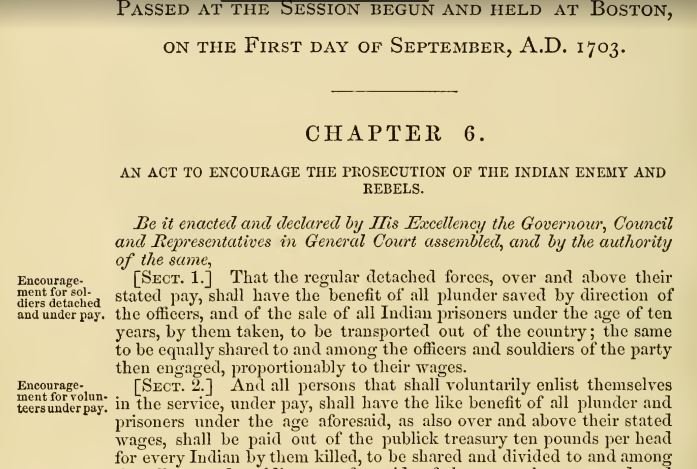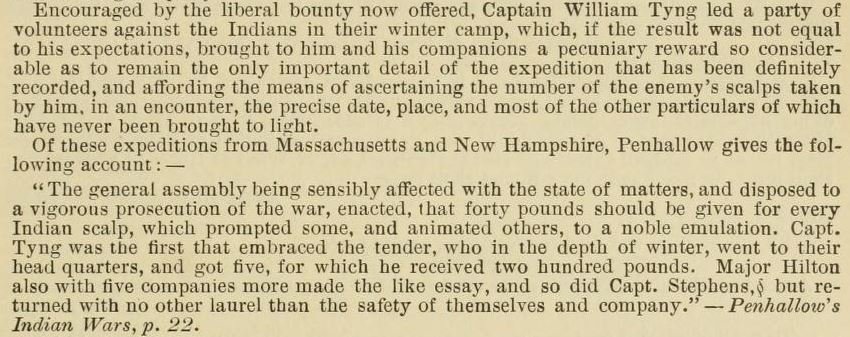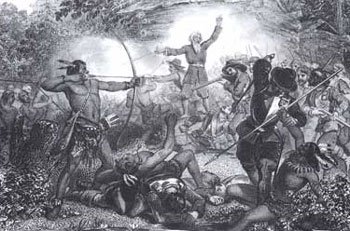
1675-78: Pometacomet's Resistance aka King Philip's War, 1st Anglo-Abenaki War
The violence that beset New England between 1675-76, called Pometacomet’s Resistance by many Indigenous Peoples, marked a catastrophic turning point in Native/Anglo relations. The Wampanoag Sachem Pometacomet and Native allies attempted to rebalance power in response to an unrelenting colonial project of land encroachment and violations of Indigenous sovereignty. During this period, the first official scalp bounties were issued by Massachusetts authorities for Native peoples’ scalps After Pometacomet was killed and dismembered, colonial authorities placed his severed head on a pole at the entrance to Plymouth Colony where it remained in public view for two decades.
The violence ripped through the Dawnland after colonists accused the Wabanaki of allying with Pometacomet, murdered the infant son of Sagamore Squando, and demanded the surrender of firearms. This ended a tenuously peaceful coexistence between northern tribes and colonists, devastating Wabanaki communities and furthering refugee diasporas, enslavement, and land dispossession. The war’s Northern Front stretched from Piscataqua to Kennebec. Raids mainly took place on the coast, but also impacted interior Wabanaki territories from the White Mountains to Penobscot and Machias, reaching to Ktsitekw, the St. Lawrence River.
This period of violence in the Dawnland subsided with the Treaties of Pemaquid in 1677 and Casco Bay in 1678. Kennebec leaders wrote to the Governor and Council at Boston, that despite ongoing violence and deceit, their “minds” were “always for peace.” Wabanaki leader Madosquarbet further asserted Indigenous territorial sovereignty: "Now we hear that you say you will not leave war as long as one Indian is in the country. We are owners of the country & it is wide and full of Indians & we can drive you out."
These treaties are vital in the history of diplomacy, which created terms for the return of English settlers to the Dawnland coast, requiring recognition of Wabanaki authority and an annual tribute payments. Violations of these agreements sowed the seeds of ongoing Indigenous resistance to protect the Dawnland and restore broken relations, leading to a series of conflicts (known as the Anglo-Abenaki Wars), which lasted until the mid eighteenth century.
Delucia, Memory Lands, 2018, 46; Brooks, Our Beloved Kin, 2018, 48-50; Brooks, "The Treaties at Pemaquid and Cascoak," 2019; Brooks, " Unbinding the ends of War," 2019; Brooks, " William Waldron's Defense," 2019; Saxine, Properties of Empire, 2019.
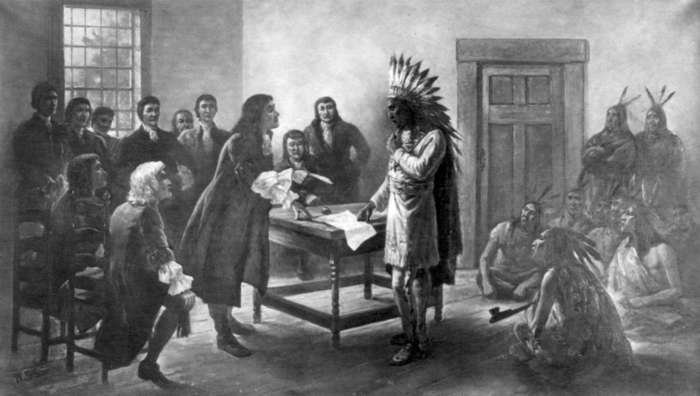
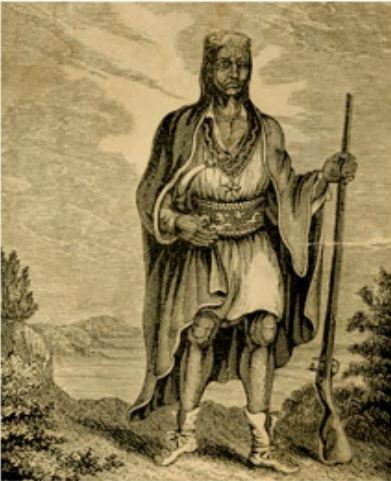
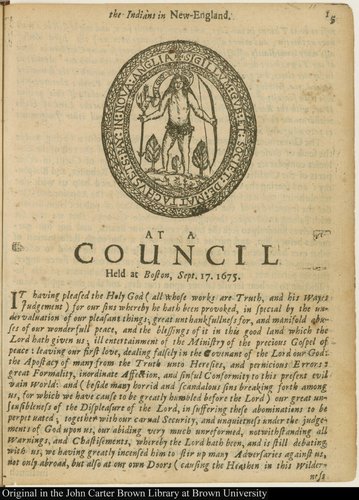
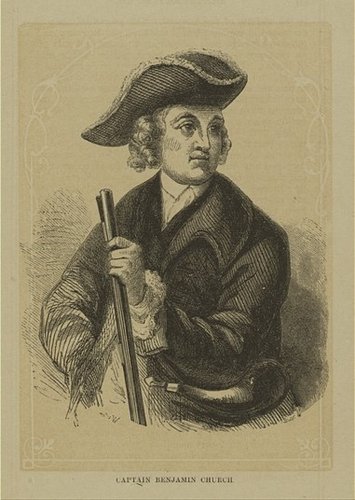
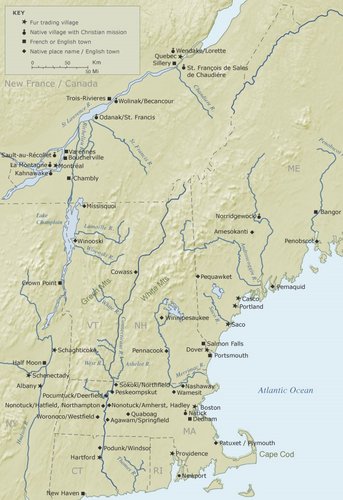
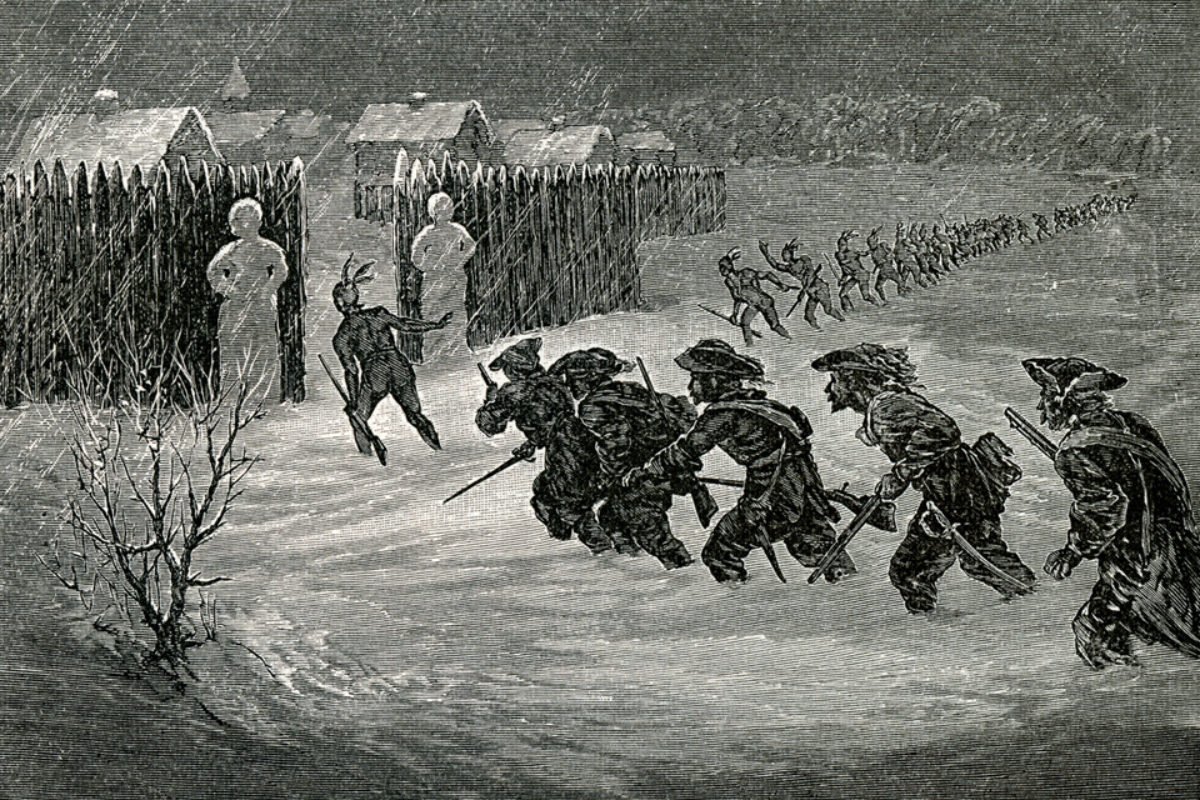
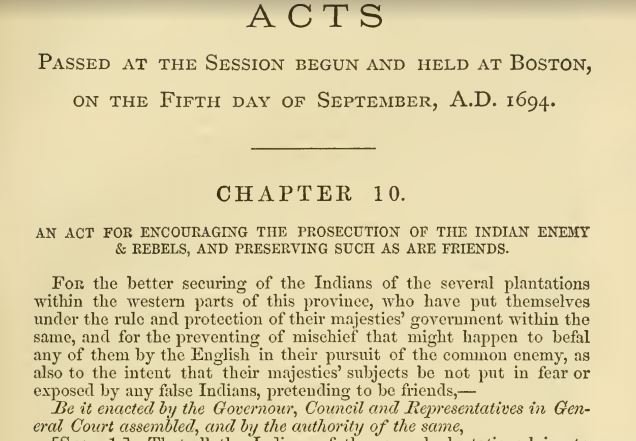
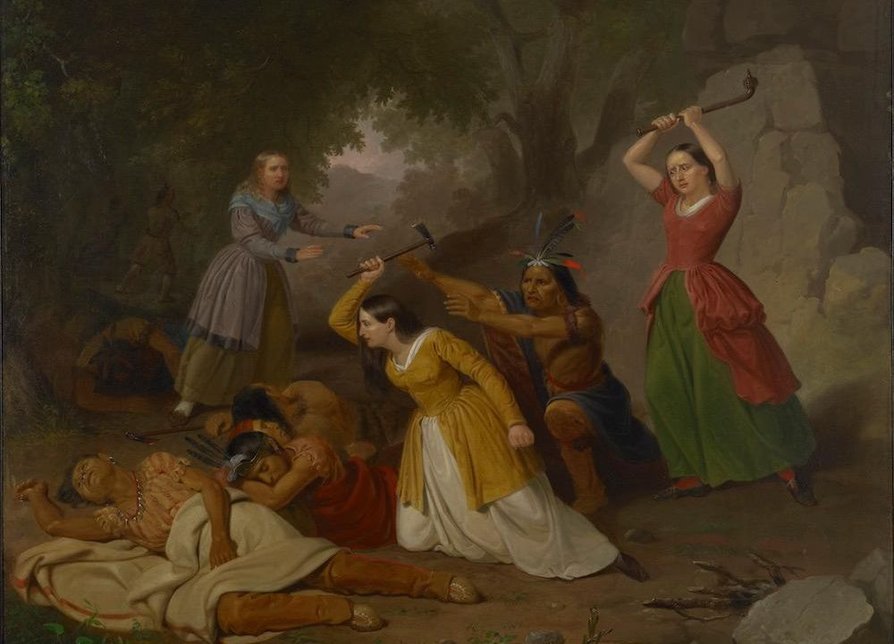

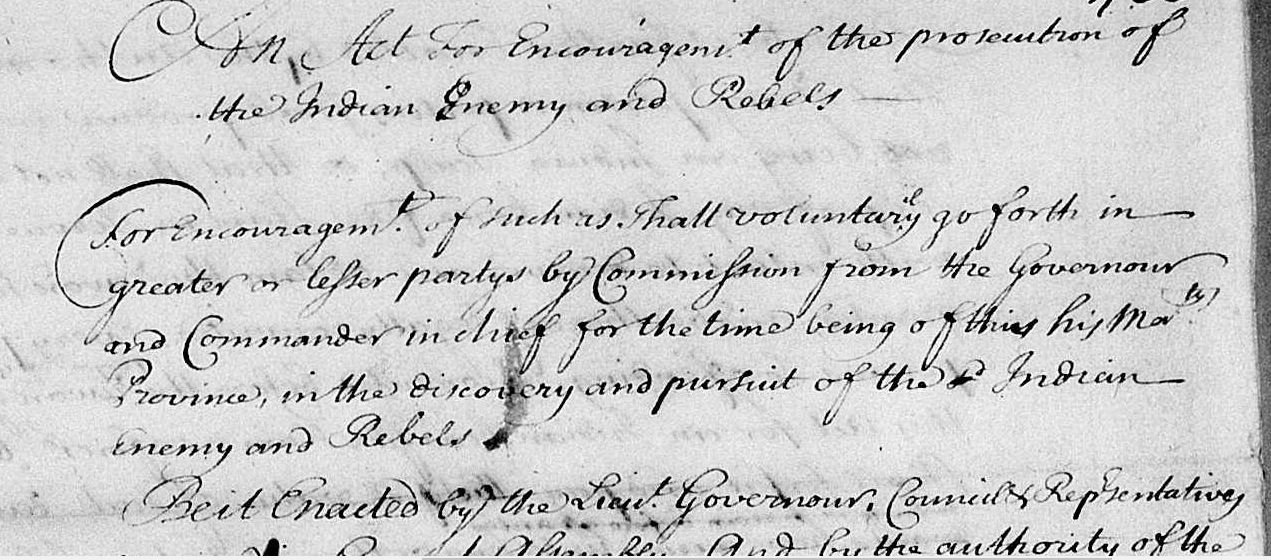
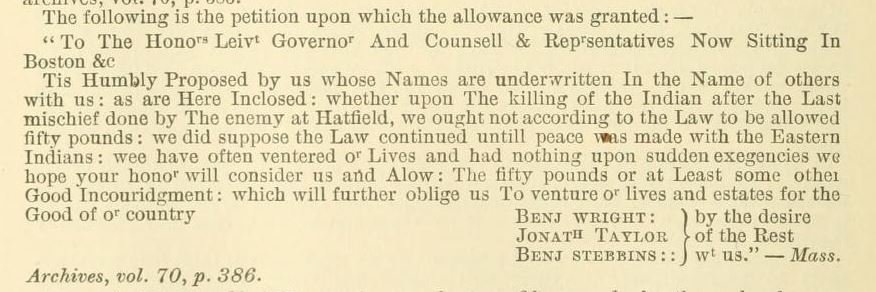
!["Massacre Of The Indians By Order Of Church" - Raid on Grand Pre (1704) By Hezekiah Butterworth, 1885]](https://assets.sutori.com/user-uploads/image/990e7372-85b5-42cf-8c0a-4043584631da/MassacreOfTheIndiansByOrderOfChurch.png)
